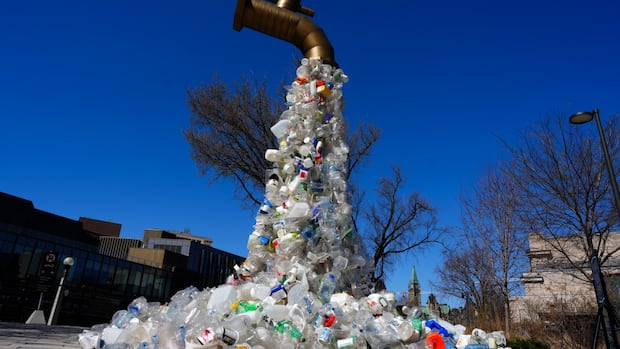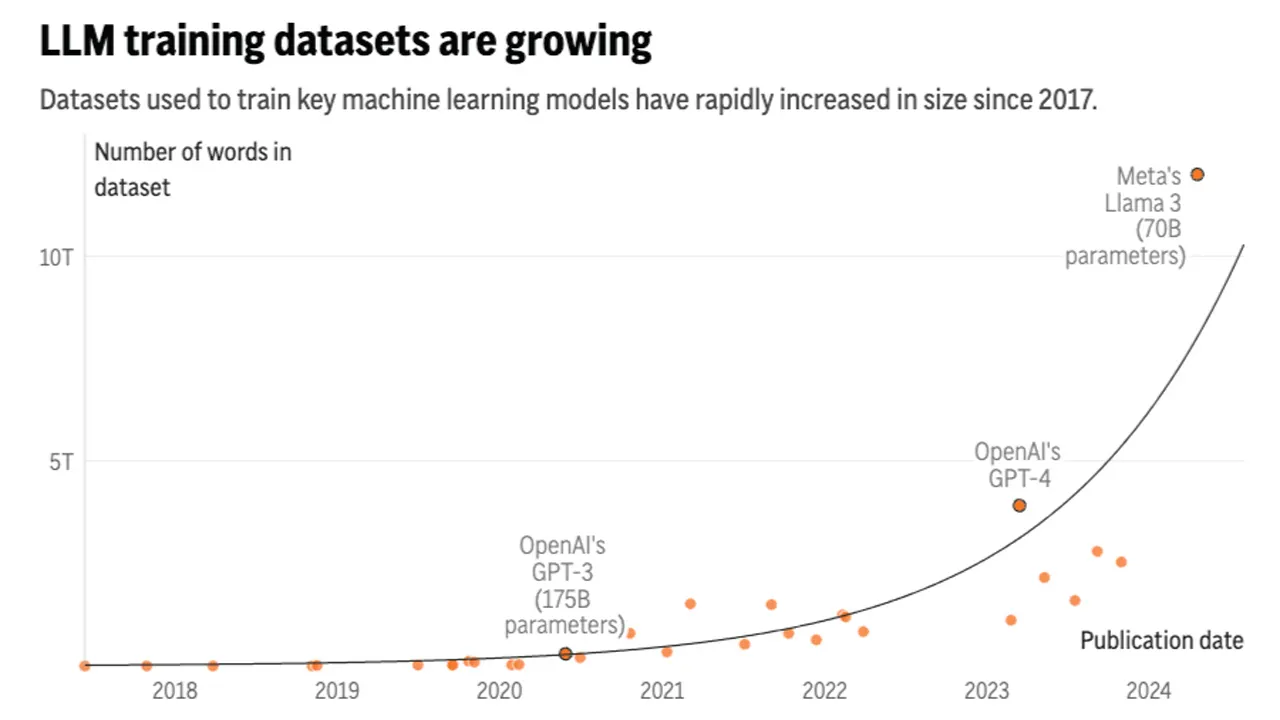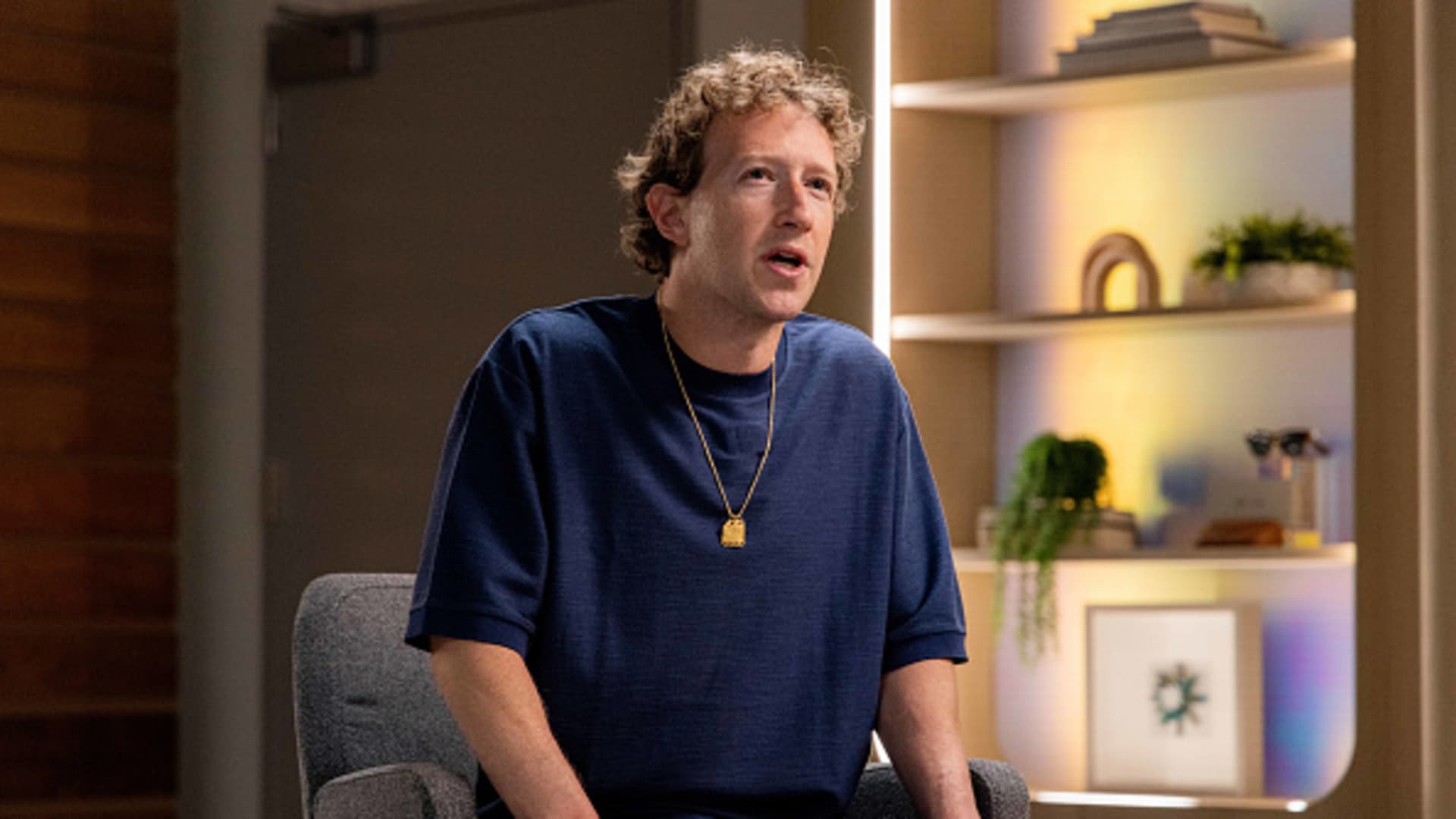
Our planet is changing. So is our journalism. Keep up with the latest news on our Climate and Environment page.
Sign up here to get this newsletter in your inbox every Thursday.
This week:
- What happened in climate news in 2024? Take our quiz
- The Big Picture: The Unhurried House
- Top secret quiz answers (no peeking until you’ve done the quiz)
What happened in climate news in 2024? Take our quiz

It was a year of bad climate news, but some good news too. Even though the year hasn’t wrapped up, 2024 will be the hottest year on record, and scientists are warning it could end up more than 1.5 C above the pre-industrial average. There were some damaging weather disasters. But we also shared some good news about decreasing emissions and climate solutions. Were you paying attention?
Here are 10 questions to test your knowledge of this year’s climate stories. Keep track of your answers and check them at the bottom of the page.
1. In September and October, Florida was hit hard by two hurricanes made worse by climate change. What were the names?
a) Francine and Helene.
b) Helene and Milton.
c) Isaac and Oscar.
d) Beryl and Ernesto.
2. A company in California is sending balloons full of sulfur dioxide into the stratosphere in an effort to reflect sunlight and cool the Earth to fend off global warming. What is this process called?
a) Marine cloud brightening.
b) Cloud thinning.
c) Space sunshades.
d) Aerosol injection.
3. Nations have been meeting this year to hammer out a treaty on plastic pollution. How heavy was the plastic thrown away globally between 1950 and 2015? As heavy as:
a) More than 13 million 747 jumbo jets.
b) More than two million Saturn V rockets.
c) More than 54,000 CN towers.
d) Almost 25,000 Icon of the Seas cruise ships (the current largest one).
4. The big deal at this year’s UN Climate Summit, COP29, was climate financing for developing countries. In an agreement called the NCQG, countries agree to deliver $300 billion annually by 2035. What does NCQG stand for?
a) National Climate Quotas for Governance.
b) New Collective Quantified Goal.
c) Near Crisis Quarterly Grants.
d) Needs-based Climate Quotient Goal.

5. The Insurance Board of Canada said this summer shattered records for insured losses from weather disasters. Of these four summertime catastrophic events, which cost the most?
a) Flooding in Toronto and other parts of southern Ontario.
b) Jasper wildfire.
c) Calgary hailstorm.
d) Flooding in regions of Quebec.
6. Canada’s greenhouse gas emissions dropped slightly in 2023 to the equivalent of 702 megatonnes of carbon dioxide, but emissions from the oil and gas industry continued to rise. What percentage of Canada’s total emissions come from oil and gas?
a) 72 per cent.
b) 31 per cent.
c) 13 per cent.
d) 6 per cent.
7. “Waste” heat is a green and efficient way to heat buildings. What source(s) of waste heat is/are being used in Canada?
a) Sewage.
b) Industrial heat from a pulp and paper mill.
c) Data centres.
d) All of the above.
8. In Montreal, one form of public transportation has grown 55 per cent since 2021. It has also seen double-digit growth in other major Canadian cities. What is it?
a) Bike sharing.
b) Electric buses.
c) Monorails.
d) Subways.
9. Canada exports more oil and gas than it consumes. How do estimated emissions from our exported fossil fuels compare to our total national emissions?
a) One third of our national emissions.
b) About half of our national emissions.
c) Equal to our national emissions.
d) More than our national emissions.
10. People working in traditional energy jobs have skills that are transferable to the clean energy and clean economy sectors. Drilling and pipe installation are used in which of the following industries?
a) Battery recycling.
b) Geothermal or geoexchange heating and cooling.
c) Wind turbine maintenance.
d) EV manufacturing.

Old issues of What on Earth? are here. The CBC News climate page is here.
Check out our podcast and radio show. In our newest episode: They’re on billboards, front pages, TV … but do they pass the sniff test? We dig into the facts behind Alberta’s “Scrap the Cap” campaign. Then, heat and drought could be the Grinch that stole one of New Brunswick’s beloved Christmas tree species. CBC Fredericton journalist Danielle McCreadie shares some solutions farmers and industry are eyeing to climate-proof the balsam fir.
What On Earth25:24Why Alberta’s ‘Scrap the Cap’ ads don’t add up
What On Earth drops new podcast episodes every Wednesday and Saturday. You can find them on your favourite podcast app, or on demand at CBC Listen. The radio show airs Sundays at 11 a.m., 11:30 a.m. in Newfoundland and Labrador.
Have a compelling personal story about climate change you want to share with CBC News? Pitch a First Person column here.
Reader feedback
Reynold Reimer sent us this photo and wrote: “I read the story about the efforts of Montreal and Toronto to control greenwashing by the fossil industry (Oct. 10) with interest. At least someone is making progress on the greenwash file. I live in Calgary and we have our own version of greenwashing on transit buses. Every day I see buses which bear signs that say ‘Cleaner. Quieter. Better. Powered by Natural Gas.’ With what we now know about the effects of fossil gas on the climate we should not allow this propaganda.”

That advertising is Calgary Transit’s own, and Reynold, you’re right that natural gas is a fossil fuel made mostly of methane, a powerful greenhouse gas that can leak into the atmosphere.
Calgary Transit uses compressed natural gas (CNG) in those buses and explains the messaging this way: “When compared to diesel buses, our CNG-powered buses emit around 20 per cent less greenhouse gas (GHG) emissions, up to 95 per cent less nitrogen oxides, and almost no particulate matter. Since their introduction in 2014 our CNG buses have helped us reduce our total bus fleet CO2 emissions by approximately 5,650,000 kilograms. (That’s the CO2 emissions equivalent to consuming about 2.4 million litres of gasoline).”
According to the U.S. Department of Energy, heavy-duty natural gas vehicles can provide “small to moderate” emissions reductions compared to diesel through their life cycle, but actual reductions depend on relative fuel economy as well as methane leakage throughout the system.
Calgary Transit says it plans to buy 180 more natural gas buses through 2026 to replace diesel and buses and also “plans to deploy” electric buses and test hydrogen and renewable diesel.
Write us at whatonearth@cbc.ca. (And feel free to send photos too!) We’d also love to hear about any New Year’s resolutions you have to make your life a little greener in 2025.

The Big Picture: The Unhurried House

We recently featured an article and a What on Earth podcast episode on deconstruction as an alternative to demolition. That prompted Heidi Mack to write and send photos of her own deconstruction project:
“I bought a demolition-destined 150-year-old farm house on Wolfe Island (off Kingston, Ont.) for under $200,000 in 2019 and deconstructed it board by board, door by door, frame by frame (including removing concrete poured into all the walls — now the base of my vegetable garden) and rebuilt/renovated it into a deep energy retrofit highly efficient house — I hired an “energy engineer” (sustainability consultant) and have taken five years to de-nail, reuse, repurpose, scrounge, and “live with” old and out-of-date things, dumpster dive building sites, bought used things from Facebook Marketplace, dismantled old furniture and incorporated it, and basically worked very hard not to buy new.
All of this took a LOT of extra time — a renovation that is seeing its completion five years later. We call the project The Unhurried House because deconstruction and careful reconstruction with these saved and scrounged materials takes patience, dedication and creativity!”
Heidi says she’s currently writing a memoir about the project, and shares more about it on her Instagram @theunhurriedhouse.
Hot and bothered: Provocative ideas from around the web

Top secret quiz answers

1. In September and October, Florida was hit hard by two hurricanes made worse by climate change. What were the names?
a) Francine and Helene.
b) Helene and Milton.
c) Isaac and Oscar.
d) Beryl and Ernesto.
Answer: B. Hurricanes Helene and Milton slammed into Florida in September and October, only two weeks apart. Both storms intensified rapidly, fueled by the Gulf of Mexico’s warm water, which analyses found were made hundreds of times more likely due to human-caused climate change.
2. A company in California is sending balloons full of sulfur dioxide into the stratosphere in an effort to reflect sunlight and cool the Earth to fend off global warming. What is this process called?
a) Marine cloud brightening.
b) Cloud thinning.
c) Space sunshades.
d) Aerosol injection.
Answer: D. Aerosol injection is one of the most-talked about forms of solar radiation management and it could cool the planet in a way that’s similar to a large volcanic eruption.
3. Nations have been meeting this year to hammer out a treaty on plastic pollution. How heavy was the plastic thrown away globally between 1950 and 2015? As heavy as:
a) More than 13 million 747 jumbo jets.
b) More than two million Saturn V rockets.
c) More than 54,000 CN towers.
d) Almost 25,000 Icon of the Seas cruise ships.
Answer: Actually, any of the above. All of those answers weigh 6.3 billion metric tonnes, which is what a 2017 study estimated is the amount of plastic the world has tossed out. And it’s only set to grow.
4. The big deal at this year’s UN Climate Summit, COP29, was climate financing for developing countries. In an agreement called the NCQG, countries agree to deliver $300 billion annually by 2035. What does NCQG stand for?
a) National Climate Quotas for Governance.
b) New Collective Quantified Goal.
c) Near Crisis Quarterly Grants.
d) Needs-based Climate Quotient Goal.
Answer: B. Yes, add it to the list of boring but important climate terms. And if $300 billion a year sounds like a lot, developing countries say it isn’t enough.
5. The Insurance Board of Canada said this summer shattered records for insured losses from weather disasters. Of these four summertime catastrophic events, which cost the most?
a) Flooding in Toronto and other parts of southern Ontario.
b) Jasper wildfire.
c) Calgary hailstorm.
d) Flooding in regions of Quebec.
Answer: C. IBC says an August hailstorm in Calgary cost insurers nearly $3 billion — a sum that some researchers say can help emphasize climate change’s impact on our wallets.
6. Canada’s greenhouse gas emissions dropped slightly in 2023 to the equivalent of 702 megatonnes of carbon dioxide, but emissions from the oil and gas industry continued to rise. What percentage of Canada’s total emissions come from oil and gas?
a) 72 per cent.
b) 31 per cent.
c) 13 per cent.
d) 6 per cent.
Answer: B. Production in Canada’s oil and gas sector hit a record high in 2023, cancelling out most of the reductions from other sectors. The sector emissions have increased 83 per cent between 1990 and 2022, according to the National Greenhouse Gas Emissions Inventory.
7. “Waste” heat is a green and efficient way to heat buildings. What source(s) of waste heat is/are being used in Canada?
a) Sewage.
b) Industrial heat from a pulp and paper mill.
c) Data centres.
d) All of the above.
Answer: D. All of the above. District heating systems across Canada are using waste heat from industrial sources, wastewater and data centres. Some buildings are storing excess heat for future use in giant water batteries underneath downtown Toronto.
8. In Montreal, one form of public transportation has grown 55 per cent since 2021. It has also seen double-digit growth in other major Canadian cities. What is it?
a) Bike sharing.
b) Electric buses.
c) Monorails.
d) Subways.
Answer: A. Montreal’s Bixi was the first public bike-sharing system in North America. In 2023, 576,000 people took 11.7 million trips within the city. Riders say bike sharing is a convenient way to make one-way trips without the hassle of maintaining your own bike. Cities say it’s a low-cost way to fill the gaps in the public transportation system.
9. Canada exports more oil and gas than it consumes. How do estimated emissions from our exported fossil fuels compare to our total national emissions?
a) One third of our national emissions.
b) About half of our national emissions.
c) Equal to our national emissions.
d) More than our national emissions.
Answer: D. Estimated exported emissions from Canada’s oil and gas industry are as high as 1.3 times our national emissions, outweighing every sector across the country.
10. People working in traditional energy jobs have skills that are transferable to the clean energy and clean economy sectors. Drilling and pipe installation are used in which of the following industries?
a) Battery recycling.
b) Geothermal or geoexchange heating and cooling.
c) Wind turbine maintenance.
d) EV manufacturing.
Answer: B. The geothermal or geoexchange heating and cooling needs workers to drill boreholes to collect underground heat. In some cases, the boreholes can feed heat into district heating networks, where workers lay pipes similar to those used in the gas industry.
Stay in touch!
Thanks for reading. Are there issues you’d like us to cover? Questions you want answered? Do you just want to share a kind word? We’d love to hear from you. Email us at whatonearth@cbc.ca.
Sign up here to get What on Earth? in your inbox every Thursday.
Editors: Emily Chung and Hannah Hoag | Logo design: Sködt McNalty







